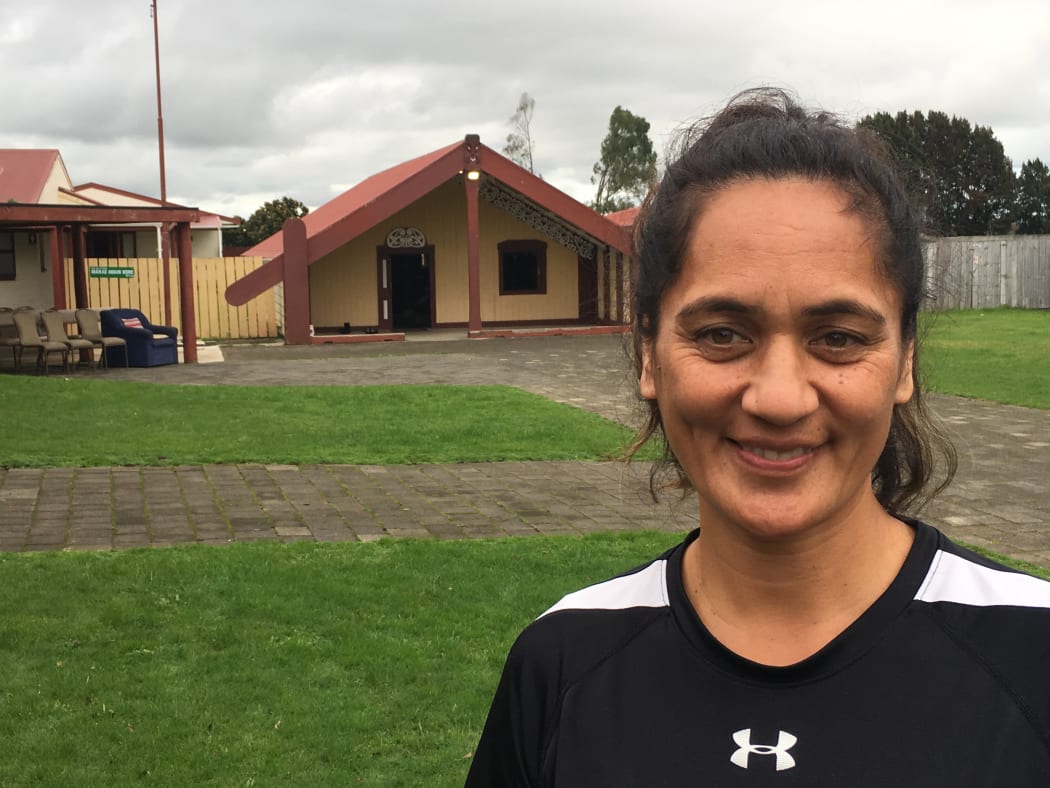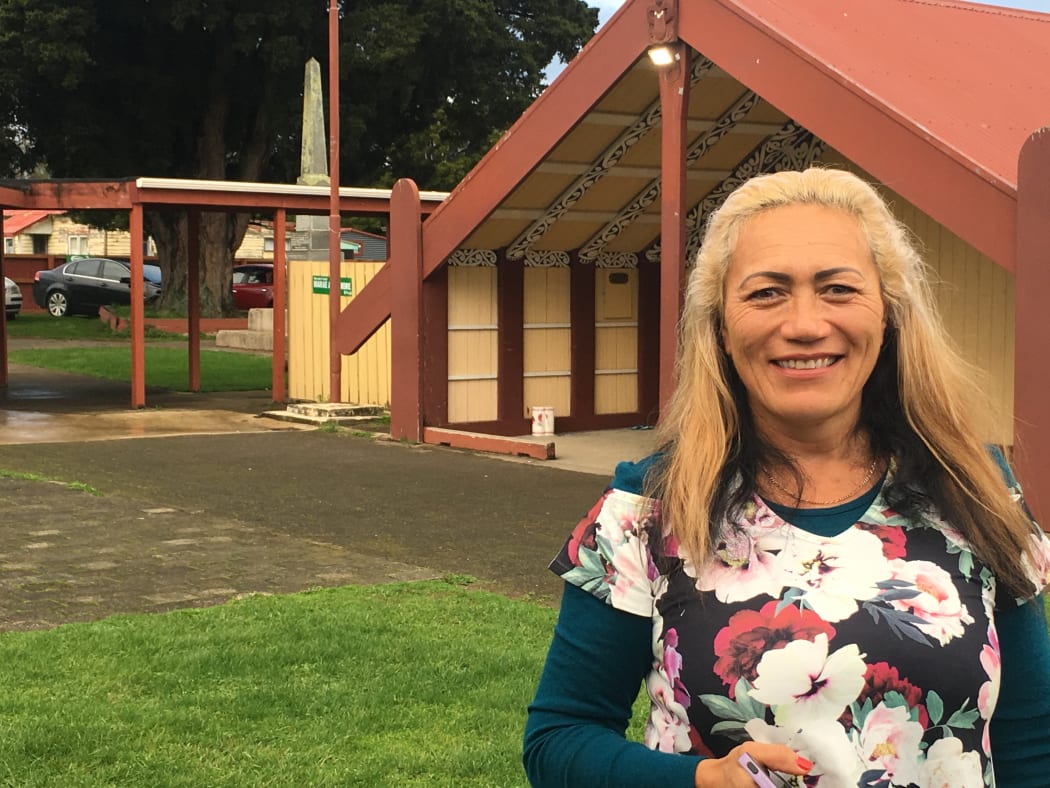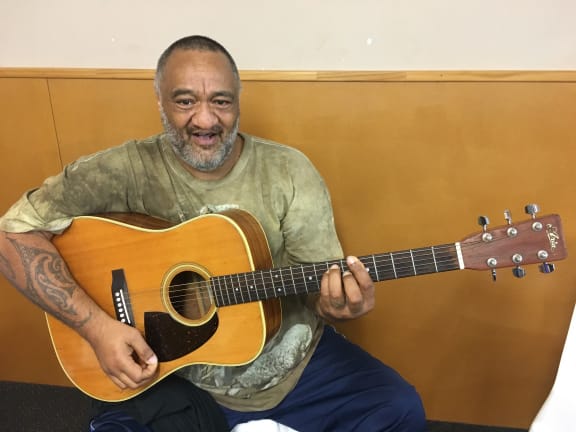Recently, a collective of Māori healers gathered at Te Iti o Haua Marae to discuss the tikanga associated with Romiromi, the holistic practise of massage.

Moana Skipworth-Lousi runs Manaaki Therapies in Hamilton. Photo: RNZ/Justine Murray
The wānanga, dubbed Let’s Romi, was lead by Atarangi Muru, a well-known Māori healer from Ahipara, and Manu Korewha, a Romiromi practitioner. The three-day wānanga had over forty participants from all over the country and from as far as Australia.
“There are people that have come to this wananga who have never experienced anything Māori. Atarangi and Manu have a way of drawing out the best in us” said Moana Skipworth-Lousi.
Organiser and healing practitioner, Moana Skipworth-Lousi, runs Manaaki Therapies in Hamilton, specialising in rongoā Maori, reflexology and massage therapies. Raised in a family of ten in Auckland, the experience of Māori healing practises began at a young age.
“I grew up in an environment where I was very aware of Wairua”.

Charlotte Mildon say's she was skeptical at first about maori healing practises due to her religion. Photo: RNZ/Justine Murray
Charlotte Mildon is studying towards her Phd at Te Whare Wānanga o Awanuiārangi, as a massage therapist by trade, her foray into learning about traditional Māori healing practises was met with skeptism.
Growing up in a Christian household, she said she had little understanding of Māori healing.
“I thought it was evil and black magic because I’d been taught that - it was in the bible,” said Charlotte.
Charlotte has been a massage therapist for over 20 years and since 2003 has learned more about Māori healing practises with Papa Hohepa Delamere.
She practises the Māori healing philosophy Te Oomai Reia where she works on the physical, spiritual, mental and emotional wellbeing of her clients.
Her doctoral thesis will research the education of Romiromi and other forms of Māori healing to achieve whānau ora or family well-being. Charlotte is also well versed in traditional healing and was taught how to takutaku, a formal prayer said while healing practises are carried out.
She regularly travels overseas with Atarangi Muru.
“When you do this type of mahi, the person becomes aware of their own body, their own spirit they know when things are right or not right.”

Manu Korewha has travelled the world sharing the practise of Romiromi and mirimiri (traditional healing massage) Photo: RNZ/Justine Murray
During the wānanga at Te Iti o Haua Marae, Manu Korewha teachers the participants a few waiata Māori (songs) and his voice bellows across the room at any given time.
He is a romiromi practitioner and got in hours of practise in the home.
“My nannies did it…my dad did it, my aunties and uncle did it… it was an everyday occurrence”.
Manu uses his bodyweight to carry out his work, romiromi includes the alignment of the body.
Since 2002 Manu has travelled overseas with Atarangi Muru and shares his work with the international healing community they have both formed over that time.
They travel with their own kohatu (stones) and rakau (sticks), tools that aid their work.
“When it comes to the healing aspects of things, the mirimiri and the romiromi is at the forefront only because it’s still considered new but it’s old… everyone knows about reiki, everyone knows about Bowen (technique), so now we are getting people from around the world who want to learn… but for us it’s about telling them and if you really want to learn then you need to come home and learn it” said Manu Korewha.

